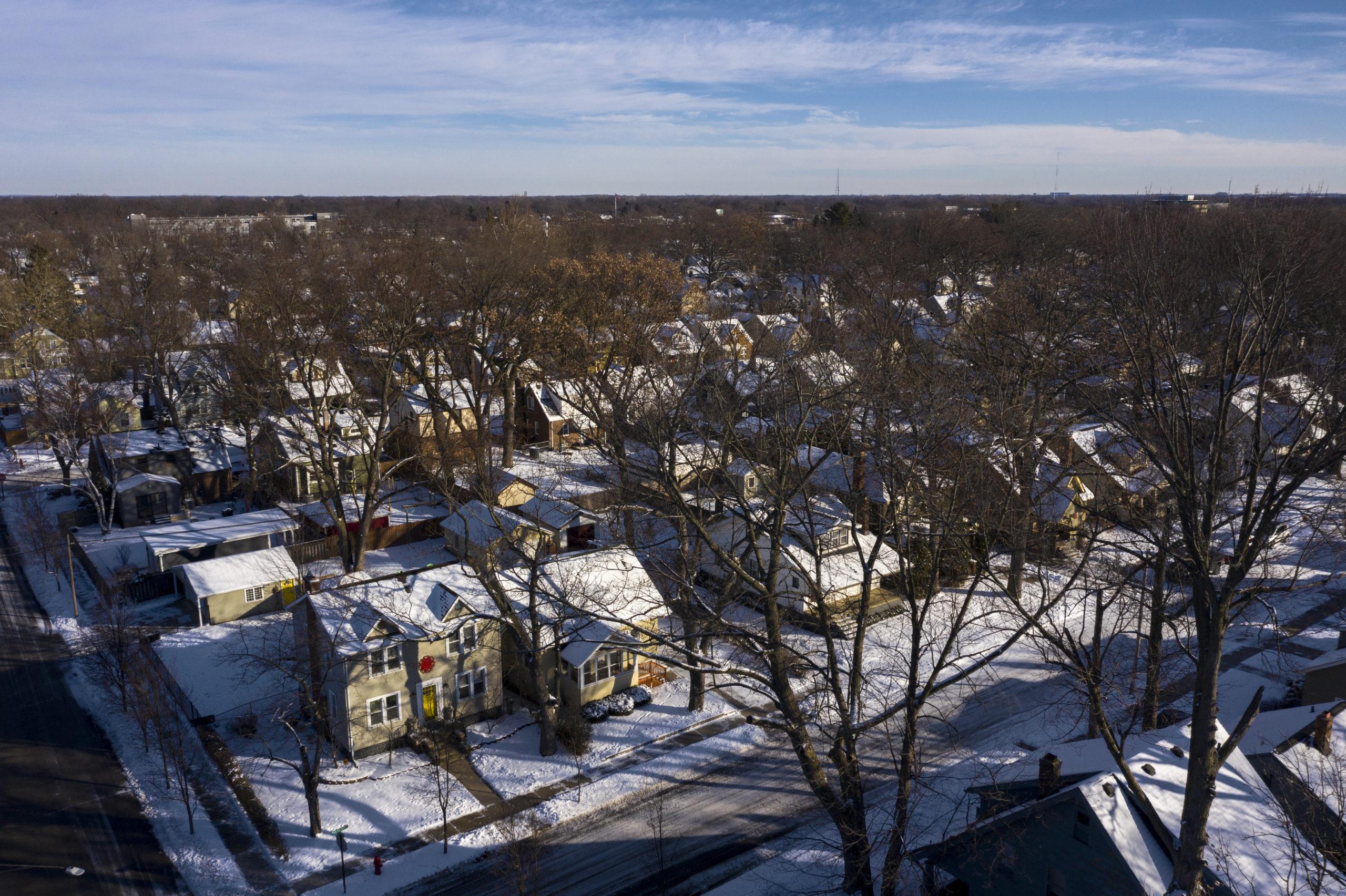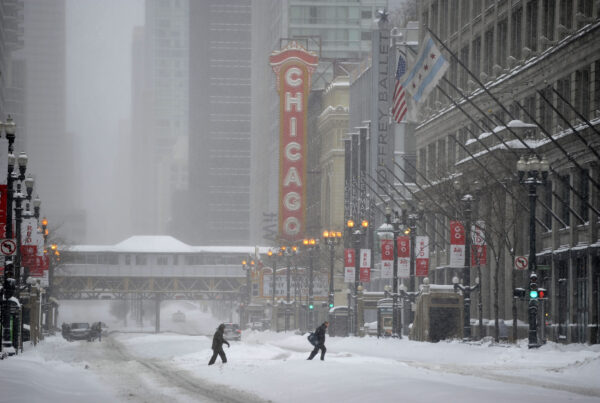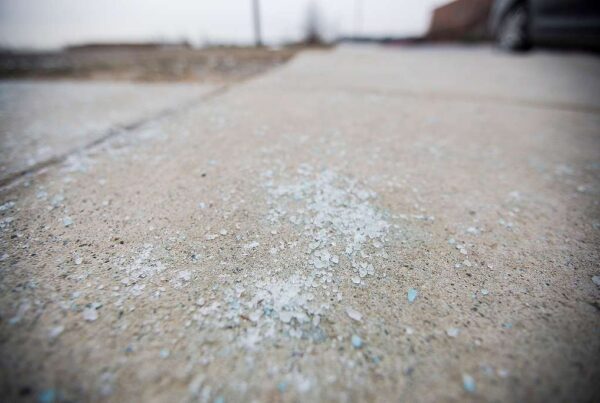Navigating Winter’s Challenges: A Structural Engineering Perspective on Residential Property Care
As the chill of winter sets in, homeowners face unique challenges in maintaining the structural integrity of their properties. As a structural engineering firm operating in Chicagoland for the last 15 plus years, we understand the importance of preparing for and navigating the harsh winter months. This paper aims to educate homeowners on effective strategies for property care before and during winter, and highlights key structural elements to watch out for during the colder months.
Preparing Your Home for Winter: Key Considerations
The transition into winter requires proactive measures to ensure your home remains safe, comfortable, and energy-efficient. Here are some important steps:
- Inspect and Clean Gutters: Clogged gutters can lead to ice dams, which can cause significant damage to your roof and eaves. Clean your gutters and ensure they’re properly aligned to prevent water buildup.
- Properly Insulate and Seal Penetrations: reducing heat loss from your living space to your attic will help keep you warm but also reduce the chances of ice dams. Ice dams are commonly caused by warm air in the attic melting the snow which then refreezes on the lower parts of the roof.
- Check Your Heating System: Have a professional inspect and service your heating system. This not only improves efficiency and safety but also helps in identifying potential issues before they escalate.
- Inspect Your Roof: Look for missing or damaged shingles that could lead to leaks or structural damage, especially under heavy snowfall.
- Seal Cracks and Openings: Sealing gaps in windows, doors, and foundations can prevent cold air ingress and improve energy efficiency.
- Test Smoke and Carbon Monoxide Detectors: With increased use of heating systems, ensuring these detectors are functioning properly is crucial for safety.
Structural Challenges in Cold Climates
Living in a cold climate brings specific structural challenges for buildings. Understanding these challenges is key to ensuring the long-term safety and integrity of your home:
- Thermal Stress: This occurs when building materials expand and contract due to temperature fluctuations, potentially causing cracks or structural damage. Ensuring materials are chosen and installed correctly can mitigate this risk.
- Snow Load: Accumulated snow, especially if it’s wet and heavy, can exert significant pressure on roofs. It’s vital to ensure your roof’s structure is designed to handle the weight of typical snowfall in your area.
- Ice Formation: The buildup of ice can lead to ice dams on roofs and icicles on eaves, which can be hazardous and cause water damage. Proper insulation and ventilation in attics can help prevent these issues.
- Frost Heave: This occurs when the ground freezes and thaws, leading to movement and shifting that can damage foundations. Utilizing frost-protected shallow foundations can help mitigate this.
- Condensation and Moisture Control: Cold temperatures can lead to increased condensation inside a home, potentially causing mold, rot, and deterioration in building materials. Effective ventilation and moisture barriers are essential to control this.
Understanding and addressing these challenges are crucial for maintaining the structural integrity and safety of homes in cold climates. Regular inspections and appropriate preventive measures can help homeowners avoid significant problems and expenses.
Innovations in Winter-Resilient Building Design
The field of structural engineering has developed several innovative solutions to enhance the resilience of buildings in cold climates. These advancements not only address the unique challenges of winter but also contribute to the sustainability and efficiency of homes:
- Advanced Insulation Materials: Modern insulation technologies offer superior thermal performance, keeping homes warm while reducing the need for extensive heating, thereby mitigating the effects of thermal stress on building materials.
- Adaptive Building Skins: These dynamic exteriors adjust in response to environmental changes, such as temperature variations and sunlight, optimizing energy efficiency and internal comfort levels during the cold months.
- Heated Roofing Systems: Integrated systems that gently warm the roof to prevent the accumulation of snow and ice, thereby reducing the risk of ice dams and heavy snow loads on the structure.
- Frost-Protected Shallow Foundations: Designed to protect against frost heave, these foundations do not extend as deep into the ground as traditional ones, yet provide effective stability in freezing temperatures.
- Energy-Efficient Windows and Glazing: Incorporating triple-glazed windows with inert gas fillings significantly reduces heat loss, while the improved frame materials help in managing the solar gain, crucial for maintaining warmth and efficiency in winter.
These innovative designs and technologies demonstrate the evolving nature of structural engineering, focusing on creating buildings that are not only safe and sturdy but also comfortable and energy-efficient in the face of harsh winter conditions.
As winter approaches, homeowners face a range of structural challenges unique to the season. From the expansion and contraction of materials due to thermal stress to the weight of snow loads on roofs, understanding these issues is key to maintaining the safety and integrity of your home. The adoption of innovative building designs and technologies, such as advanced insulation, adaptive building skins, and energy-efficient windows, plays a critical role in enhancing a building’s resilience against harsh winter conditions.
This season, the emphasis should be on prevention rather than a reactive approach. Proactive measures, including regular inspections and maintenance, can significantly mitigate the risks posed by cold weather. By staying informed and prepared, you can ensure that your home remains a comfortable and secure sanctuary throughout the winter months, safeguarding not only the structure itself but also the well-being of its inhabitants. Remember, the health and longevity of your home depend on the care and attention you provide now, setting the foundation for enduring resilience and efficiency.




